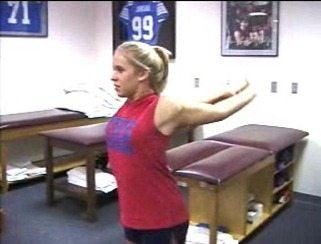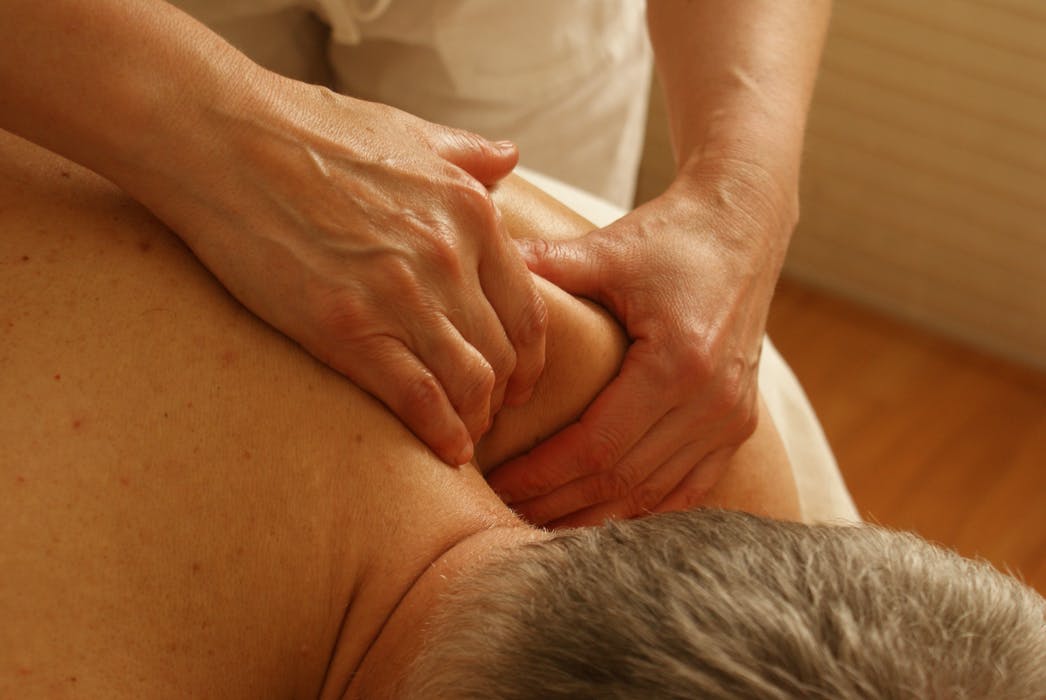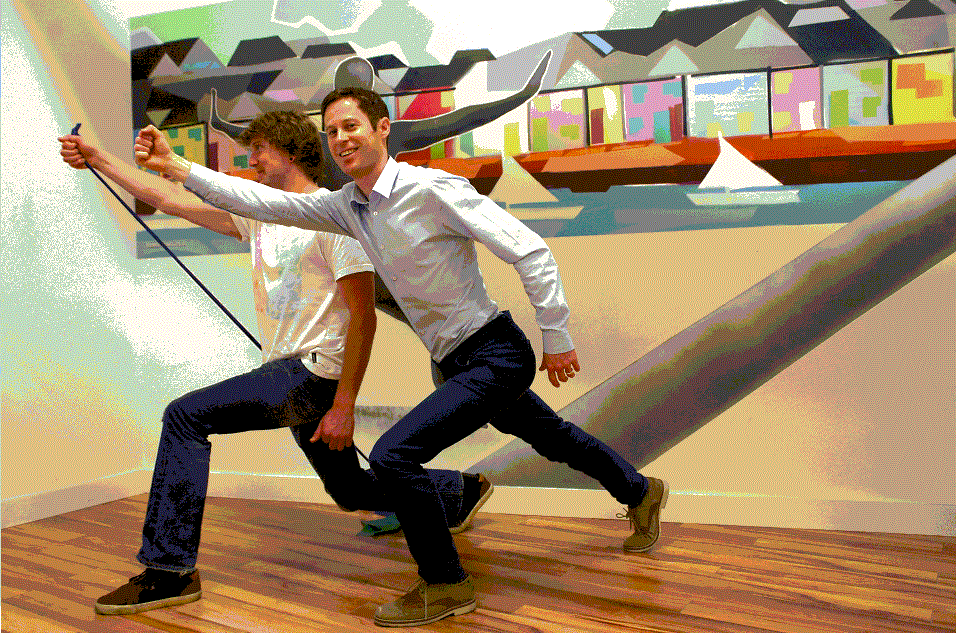|
BOOK NOW |
ASK ABOUT YOUR PAIN |
Home > Blog > Physiotherapy > Conditions > Shoulder Pain > Multidirectional Instability of the Shoulder (MDI) Physiotherapy
Multidirectional Instability of the Shoulder (MDI) Physiotherapy

Shoulder instability is a common injury among people participating in both contact and noncontact sporting activities.
You know, eventhough shoulder instability can happen from a traumatic event such as a shoulder dislocation, but unfortunately shoulder multidirectional instability (MDI) can occur even without trauma.
MDI commonly occurs in people who have increased shoulder joint looseness (laxity) with small, usually unnoticed injuries caused by repetitive overuse.
Weakness of the shoulder joint (rotator cuff) and shoulder
blade (scapula) muscles can increase the risk of MDI. After treating the
pain and inflammation caused by MDI of the shoulder, our senior physiotherapists will
focus on strengthening the shoulder muscles to aid a return to
activity and to prevent shoulder reinjury.
What is Multidirectional Instability of the Shoulder?
Multidirectional instability (MDI) of the shoulder is defined as generalized looseness (laxity) of the shoulder joint due to increased mobility and joint weakness.
There are a few factors that can cause and contribute to MDI, including:
- shoulder congential looseness
- muscular imbalances
- shoulder blade position
- shoulder
structure variations and
- certain repetitive activities
When the shoulder becomes loose, the joint may "slip" in and out of its socket in more than 1 direction—forward (anterior), backward (posterior), or downward (inferior).
This shoulder joint laxity may be worse and exaggerated in people who participate in activities that require repeated overhead movement of the arm, such as
- baseball pitchers
- tennis players
- swimmers
Overuse of the shoulder is often associated with and contributes to MDI. MDI is less common in people aged 40 years and older due to the natural stiffening of the tissues around the shoulder with age.
How Does it Feel?
Symptoms of MDI of the shoulder may have difference variances in terms of their location and intensity. Although sometimes the shoulder can be dislocated, often people report their shoulder will/can "slip" out of its socket and go right back into it the shoulder joint.
Patients also may report instances where they feel like their shoulder is about to slip in and out of its socket, but they modify their activity and movements to prevent it from happening.
Some individuals will even avoid certain movements due to their fear that the shoulder will “pop out.”
Pain caused by MDI may be felt in a number of areas around the shoulder—in the front of the shoulder when pitching a baseball, or throughout the entire shoulder after a repetitive activity like swimming.
Symptoms of shoulder multi-directional instability can vary widely and that's why our senior physiotherapists will have to take a detailed health history and perform a thorough physical examination to make an accurate diagnosis.
Signs and Symptoms
Signs and symptoms of MDI of the shoulder vary from person to person, but may include:
- Pain and/or instability with pushing, pulling, or carrying heavy objects
- Pain and/or instability when performing an overhead activity
- Pain and/or instability during or after exercise
- A feeling that the shoulder is "shifting" (including in bed at night)
- The sensation of the shoulder slipping out of its socket and back into it
- Fear of putting the shoulder in certain positions
- Numbness and tingling sensations in the affected arm
- Clicking and popping sensations with movement
- Weakness when performing athletic movements, especially overhead and away from the body
- Loss of performance ability in sport activities
- Fatigue with repetitive activity
How Is It Diagnosed?
Our senior physiotherapists will take a detailed health history, and assess the mobility of the shoulder joint in a variety of positions as well as the strength of the rotator cuff and scapular muscles.
We also may assess
- your core strength
- the presence of any nerve involvement
- your joint-body awareness
- and your overall muscle control
We may gently pull downward on the shoulder to look for increased movement in the joint, or push forward or backward on the arm bone within the shoulder joint to assess increased areas of mobility.
We will use a cluster of shoulder instability tests to help diagnose shoulder multi-directional instability.
For a more detailed diagnosis, an orthopedic doctore may order x-rays to rule out bone fractures, and can order an MRI (magnetic resonance imaging) to diagnose injury within the shoulder complex, such as a
- muscle tear
- capsule injury
- labral tear
how our senior physiotherapists can help you

We will evaluate your shoulder injury and find areas of weakness and muscular imbalance. The first step to treating the injury is managing pain and inflammation.
We may advise you to stop or modify any activities that aggravate the injury and show you techniques to lessen pain, omitting the need for strong medications, such as painkillers and opioids.
We will design an exercise program to improve your shoulder's strength and stability and address other factors that contribute to your lack of stability, such as your core strength and body awareness.
Initially, you'll perform gentle exercises close to the body to limit your discomfort. After strength and stability have improved, we will introduce more dynamic exercises specific to your activity goals.
These dynamic exercises are created specifically to improve your body’s ability to handle the stress and demands of your activities, work, and/or sport.
Our senior physiotherapists help athletes with shoulder multi-directional instability gradually return to sport once their strength and range of motion have returned to normal levels.
Throwing, playing, or swimming will typically begin in an interval format, allowing a progressive return to activity
